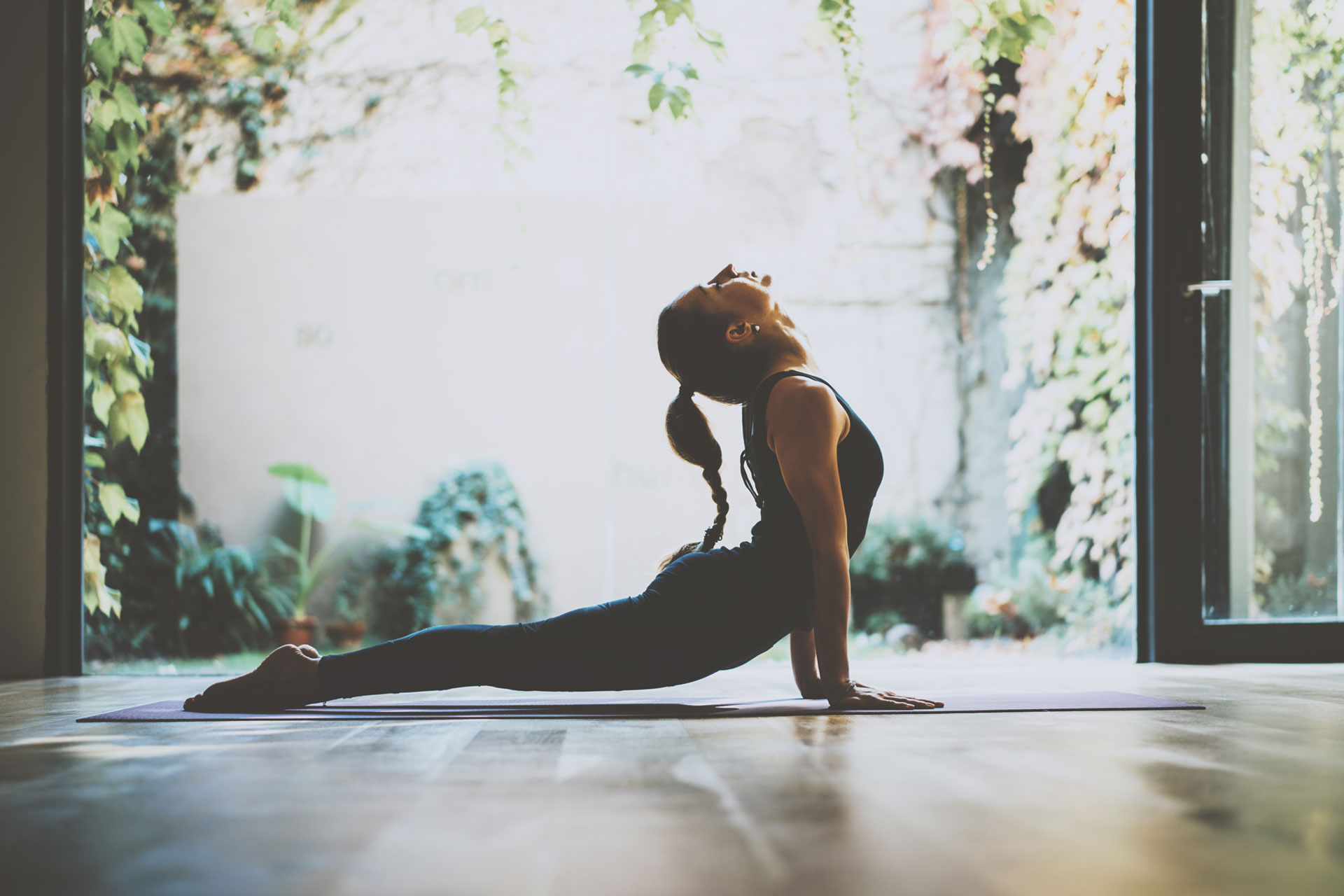Loving your bundle of joy may come easy. Learning how to tackle the challenges of becoming a new mother may understandably not be as easy. Perhaps some of the demands of this new life stage are slowly taking a toll on your well being in the physical body or your mental emotional states. Common challenges include postpartum depression (PPD) and Diastasis Recti (DRA). The first steps to successful recovery start with recognition of these conditions and seeking proper help and resources. Some women may seek attention from medical providers first. There are various ways in which a sound Postpartum yoga practice can also be physically, mentally and spiritually beneficial.
Postpartum Depression
Postpartum depression (PPD) is a condition that affects millions (roughly 13%) of women worldwide and can go under-diagnosed. Some symptoms include sadness, anxiety, irritability and restlessness. There have been research studies which have shown that practicing Postpartum yoga helped combat the effects of PPD. In a 2015 study of 57 women, 78% of those who took a guided yoga class twice a week versus those who did not, showed clinical improvement in symptoms (Buttner et al). Not only can it be used as a complementary therapy, but treatment with antidepressant medications may also be avoided. Another research review on the effects of Postpartum yoga poses on psychological conditions asserted that possible stimulation of pressure receptors during yoga can lead to reduced cortisol production. This furthermore enhanced immune function (Field).
Postpartum Yoga Can Aid in Recovery
Postpartum Yoga can also aid in the recovery of Diastasis Recti (DRA), which is a larger than normal (greater than ~2.7 cm or two finger widths) separation in the linea alba or vertical abdominal muscles. This separation occurs naturally after childbirth and takes about six weeks to heal, but for some women it stays separated. Physically, the condition can cause discomfort in the form of back pain, incontinence and a decrease in core muscle stability. If done correctly, there are Postpartum yoga poses which can actually help improvement of symptoms. Such exercises include those that strengthen the pelvic floor and transverse (front and side) abdominal (TVA) muscles – think poses with subtle core contractions. It might, however, be crucial to seek a guided practice as there are also some Postpartum yoga poses that can worsen the condition. Typically women with DRA are told to avoid certain core exercises such as sit-ups or crunches.
While the benefits of the physical poses can definitely be reaped during recovery, cultivating a deeper sense of mindfulness with guided meditation can also help rebuild awareness and groundedness and promote mental stability. It can sometimes be difficult to remember to take proper care of yourself with the seemingly endless new responsibilities in this new stage, but try to breathe as self-care will also allow you to be the best version of yourself to nurture your little one.
If you’re a new mother seeking a guided practice on the road to recovery, ask us how we can help!
Sources
Buttner, Melissa M., et al. “Efficacy of Yoga for Depressed Postpartum Women: A Randomized Controlled Trial.” Complementary Therapies in Clinical Practice, vol. 21, no. 2, 2015, pp. 94–100., doi:10.1016/j.ctcp.2015.03.003.
Field, Tiffany. “Yoga Clinical Research Review.” Complementary Therapies in Clinical Practice, vol. 17, no. 1, 2011, pp. 1–8., doi:10.1016/j.ctcp.2010.09.007.




